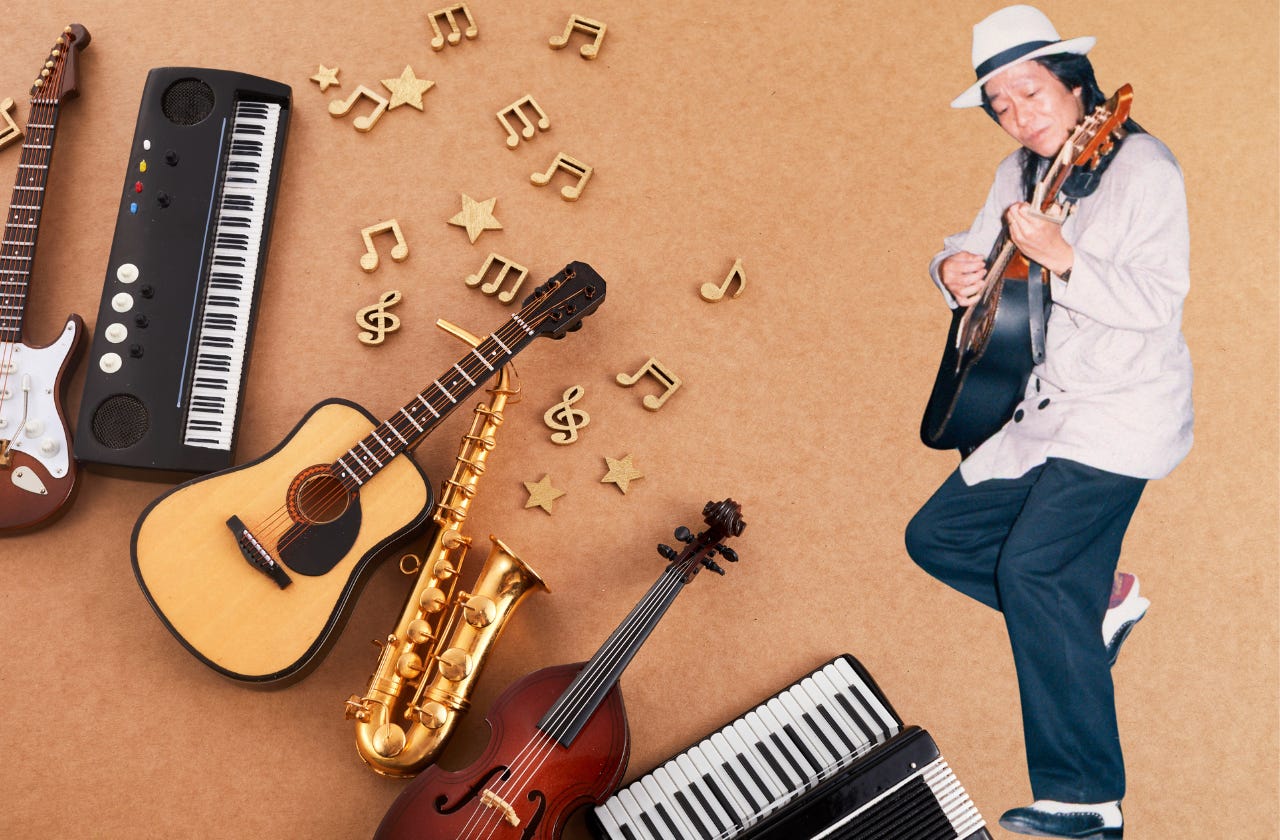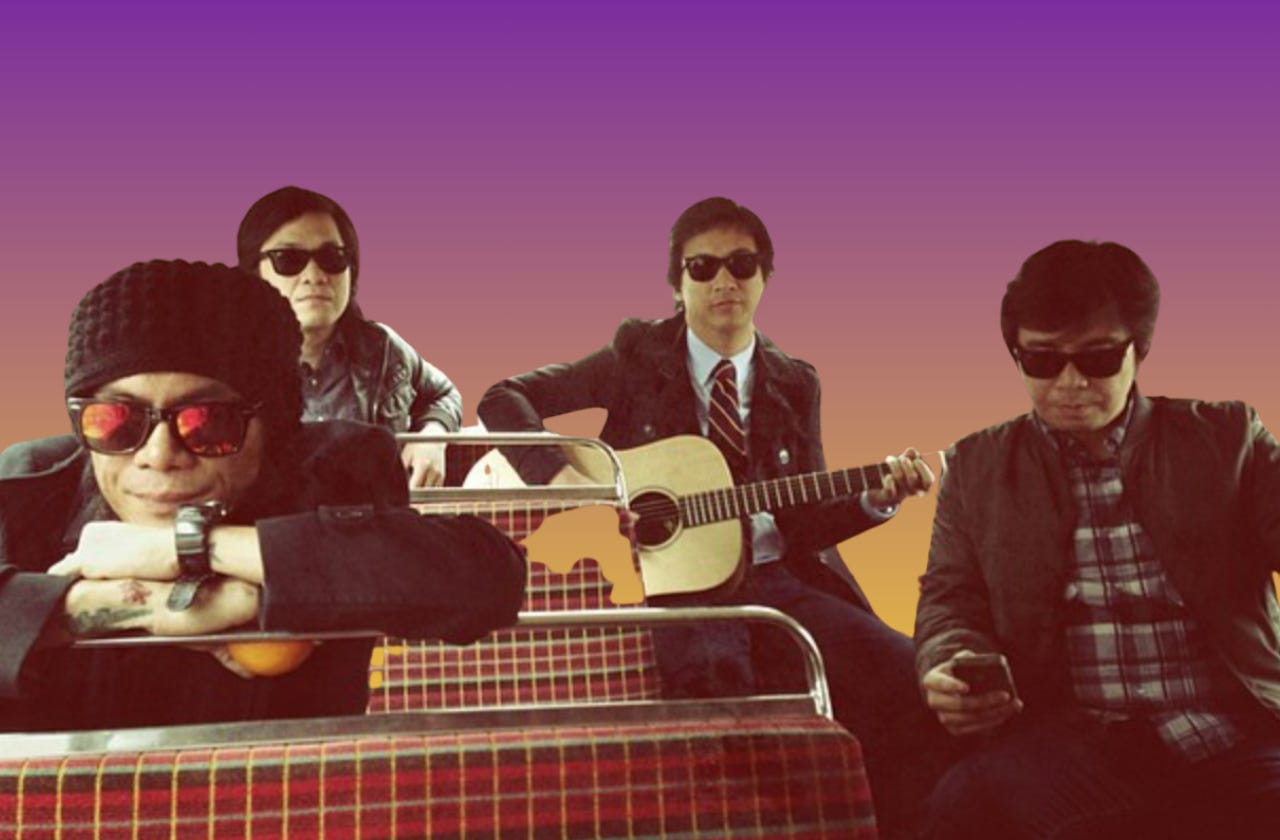The Evolution of Philippine Music
Discover how Filipino music reflects culture and change across the tapestry of time.
I grew up with the thought that music was not merely sound, but magic. It had the effect of changing moods, perspectives and outlooks.
In the Philippine context where we have more than 7,000 islands, and languages are as varied as the tides and cultures and the mountains and seas that surround it, music binds us as a nation.
It is probably the singular force that transcends cultural, geographical and political boundaries, and unites us in carrying a sense of identity.
EVOLUTION
Before the Western colonizers arrived, indigenous tribes sang to the hymn of the earth, using gongs and kulintang’s not only for entertainment, but for community spirit.
During the Spanish and American colonial eras, musings about rebellion and oppression found expression in our music. An example is the “kundiman”, with its tender melodies expressing longings of freedom and hope.
During the martial law era in the 1970s, artists like Freddie Aguilar crafted anthems like “Anak,” which became an international hit translated into several languages. It spoke of familial regret, but at the same time, hinted at a nation’s suppressed cries. Music gave Filipinos a way to resist, a language of courage in the face of hardship and suppression.
Around that time, the Manila Sound was also born, a jazzy, upbeat genre led by bands like Hotdog and VST & Company with songs like “Awitin Mo, Isasayaw Ko” featuring an alluring blend of both disco and pop music with catchy chord progressions (e.g., C-Am-F-G), a staple of Western pop, but infused with syncopated rhythms and Tagalog lyrics. The use of major seventh and ninth chords also reflected jazz influences,
The rise of Original Pilipino Music (OPM) in the 1980s and 1990s also introduced harmonic experimentation, Filipino-style. The Eraserheads - pioneers of Pinoy rock, blended alternative rock with Filipino sensibilities using catchy chord progressions done repetitively (e.g., G-Em-Am-D) through modulations to evoke nostalgia. The use of suspended chords and power chords reflected grunge and punk influences.
The Eraserheads’ and River Maya’s raw anthems prove that Filipino music can speak universally while remaining distinctly local.
Today, streaming platforms amplify both the hyper-local (think Bisrock in Cebu ) and the universal (OPM songs scoring high on Spotify charts). Music Festivals often feature indie bands alongside international acts. It’s now commonplace to see traditional instruments like the “hegalong” and “kudyap” being used showing that the trajectory of our sound is cyclical, a constant return to our roots even as we reach outward.
Filipino music is the sound of a people who sing through chaos, natural calamities and upheavals. Filipinos in social media culture are often revered for their natural singing abilities and why not? After all, our music is also our gift to the world, a testament to our adaptability and creativity.





Love the references to C-Am-FG and G-Em-Am-D. A piece well-written by a true musician.